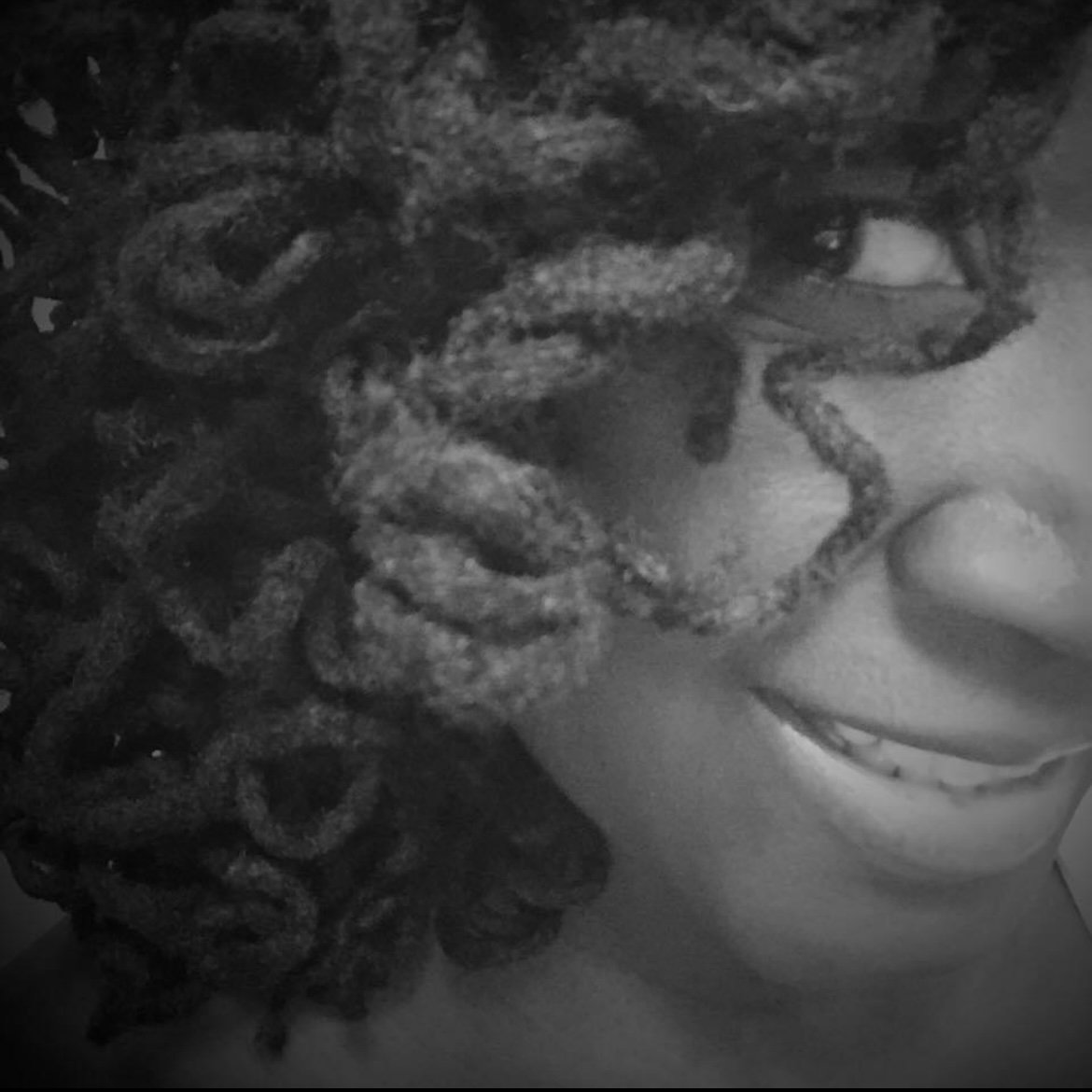Four Effective Tips for Optimal Loc Growth & Maintenance
I was a married 20-something-year-old with an infant and expecting when my free-form hair plaited in small braids began to lock. I never worried about maintaining or growing my locs as my life was filled with other pressing priorities.
In the Beginning:
Rastafarian Culture & Traditions
I have grown and maintained two sets of locs for two decades. While my choice to loc my hair was nurtured by my exploration of the Rastafarian culture and traditions, I most absolutely enjoyed having locs because I didn’t have to do much to maintain my hair daily.
After seven challenging years, three beautiful children, two hard-earned post-secondary degrees, a successful launch into my teaching career, and the impending conclusion to a deteriorating marriage, I made the significant decision to chop off my first set of locs as a symbolic gesture to embrace and welcome new growth in my life. This journey started with the valuable assistance of a highly skilled loctician. After spending a greater part of my adult life loc’d and the last two years as renewed loose natural, I've condensed my experience into four effective tips to help you grow and maintain healthy locs. These tips are for my curly and coily family with locs that are at least 6 months old.
“The health of your locs is more important than their length.”
Rest assured that your locs will grow as long as you avoid over-manipulation. The integrity of each loc matters! You should aim for locs that are thick from root to tip, not thin at the base and thicker at the ends. Eventually, locs that are thin at the shaft will break off. You can save thinning locs by having a loctician use the interlocking method or by “marrying”/ joining the damaged loc with a nearby one.
Four Effective Tips for Optimal Loc Growth & Maintenance
Tip #1: Clean - Keep your locs clean. Many people have different opinions about how often one should wash their locs. The reality is, that it depends on your scalp’s microbiome, where you live, the products you use, and your lifestyle. The type of shampoo or conditioner I used didn’t matter as long as I ensured that I didn’t complete wash day with product residue still embedded in the shaft of my locs. If it’s important to you, buy cruelty-free shampoo and conditioner made with natural ingredients. Once in a while, do an Apple Cider Vinegar (ACV) rinse to dissolve the gunk and the product build-up at the root and in the shaft of your locs. I did an ACV rinse every four to six months since I rarely used styling products in my locs and consistently followed Tip #2.
Tip #2: Cover - Cover your locs with quality fabric when necessary. For instance, when you are heading to bed, going to the beach, or at the gym. When locs are wet/damp they become magnets for debris and other particles in your environment. At the beach, a nice breeze may pick up loose sand and deposit it in your locs. That towel you use at the gym to wipe the nape of your neck may leave lint in your locs.
Tip #3: Reduce - Cut down on time spent heating and putting your locs in updos and tight styles. Re-twist as little as possible. Frequent re-twisting can cause thinning and damage to locs. It may also lead to hair loss, such as traction alopecia. If you like to style your locs — loose styles done by you or a trusted loctician are a must. Simultaneously, maintain and prolong those styles by utilizing Tip #2 and #4.
Tip #4: Hydrate - Avoid brittle and dry locs by staying hydrated inside and out. This a golden rule for anyone who has 4C hair. There is no surprise that brittle and dry locs will accelerate breakage and threaten the integrity of each loc. Depending on where you live and the season taking a shower without a shower cap occasionally does wonders for locs. Before jumping in the shower ensure that your locs are not touching your shoulders or the nape of your neck (you wanna make sure you can wash those areas without your hair in the way).
Do not stand directly under the water, you do not want to drench your locs. You want to offer them a subtle mist/sprinkle of water - enough that your locs will air dry in a few hours (if not minutes) after your shower.
You can also spritz your locs at least three times per week with water infused with essential oils using a spray bottle if the shower idea makes you a bit nervous. Adding water both topically and internally—aiming for 8 to 10 glasses daily—plays a crucial role in your loc growth and maintenance journey. This practice keeps your locs adequately hydrated, which is essential for their overall health and appearance. Proper hydration helps to prevent issues like dryness and brittleness, ensuring that your natty remains strong.
Feel free to ask if you have questions or want to join the discussion until the next post check out and purchase Antiguan in America: A Racial Autobiography [External Link].
Key Terms Used:
Locs - a hairstyle that consists of hair strands that have been coiled, braided, twisted, or palm-rolled to create a rope-like appearance.
Loctician - a hairdresser who specializes in the growth, maintenance, and styling of locs.
Scalp’s microbiome - a delicate ecosystem of trillions of microorganisms, including bacteria, fungi, and viruses, that live on the scalp and play a vital role in scalp and hair health.
Updos - hairstyles that involve "sweeping the hair" or arranging the hair into an "up-style."
Natty (as in “natural”) - a style of locs that have formed naturally without using manipulation tools. Often used amongst Rastafarians or in reference to the type of locs someone wears.




